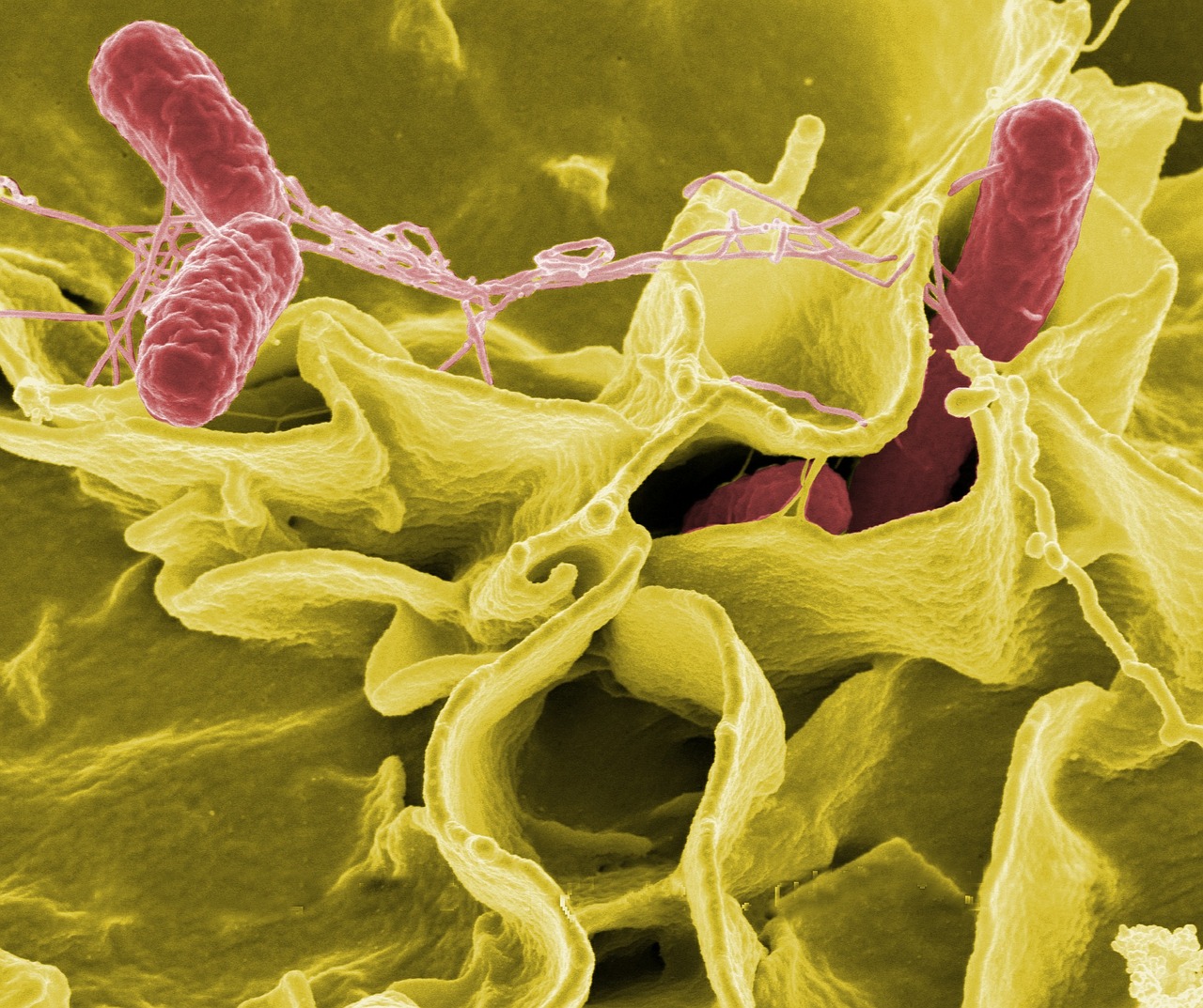There are many diseases that spread through the body, with the help of bacteria and microbes. Scientists from University of Sheffield, added anti-bacterial properties to polymer powders. And created 3D printed parts that can stop the spread of bacteria.
These parts can come in handy because they will prevent many diseases from spreading. Silver-based additives and PA 12 were combined. Then it was processed using an EOS Formiga P100 SLS system. It manufactured an anti microbial component that wasn’t lethal to human cells.
Dr. Candice Majewski, who is from the University of Sheffield shared how finding methods to stop the spread of harmful bacteria was a global concern. The resistance of bacteria to antibiotics was increasing; that is why we need protection of products and devices against bacteria. It can help us fight the spread of bacterial diseases.
Also check: What is 3D Printing, 3D Modelling and 3D Scanning
Scientists also tested the additive Biocote B65003. This additive, made from the anti-microbial polymer stopped the spread of bacteria. Especially the gram positive and the gram negative one, which spread dangerous diseases like pneumonia and meningitis. This type of polymer is a great replacement, because you can use it in implants, prosthetics, splints, and surfaces and devices in clinical settings (such as doors, sinks, instruments, and keyboards).
The polymer based parts also act like another layer of protection when used in hospitals, kitchens, and bathrooms. When used in medical devices, it acts as a layer of protection. Sometimes the sterilization procedures aren’t fool-proof and can lead to infection by bacteria. In such cases, the 3D printed parts can stop the diseases from spreading.

